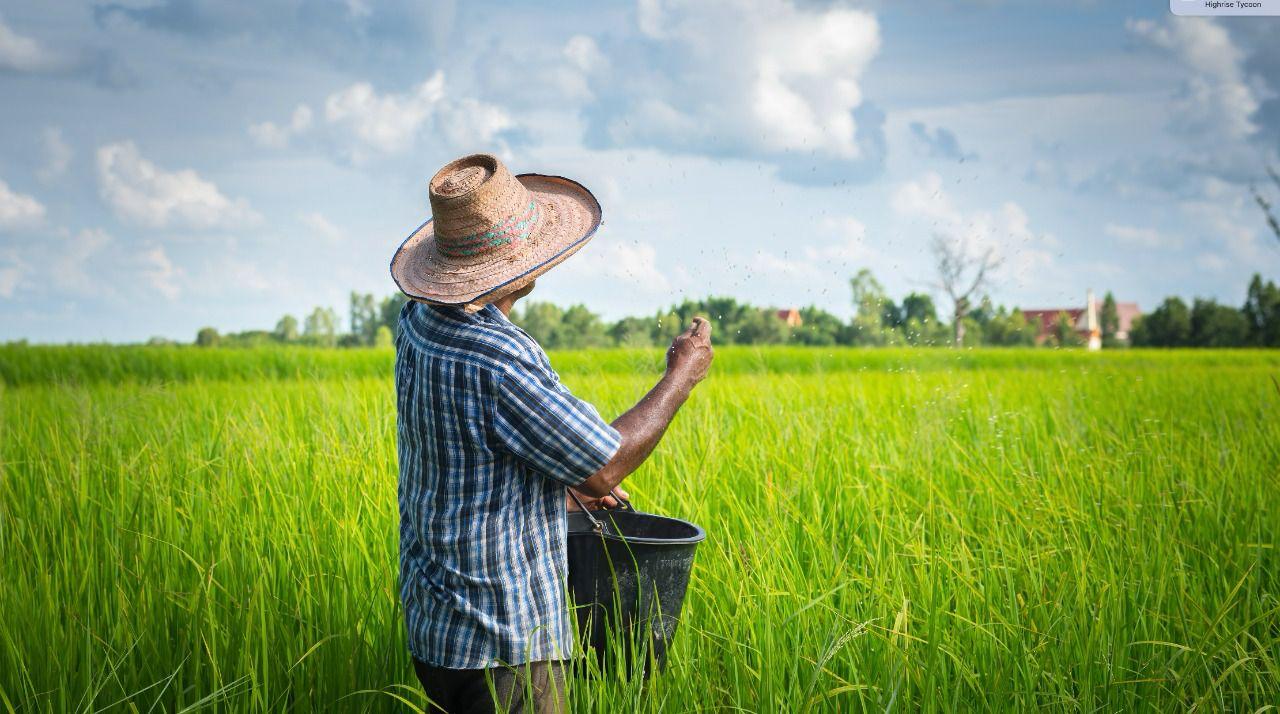Farmers combating global hunger through Agroforestry

By Obiabin Onukwugha
Farmers are contributing immensely to combating global hunger. With a combination of modern and traditional farming systems, farmers have developed methods for achieving crop yield, and at the same time contributing to climate change mitigation. One of such efforts is agroforestry practise.
Agroforestry is the intentional integration of trees and shrubs into crop and animal farming systems to create environmental, economic, and social benefits. It is a collective name for land-use practices where trees are combined with crops or animals on the same unit of land.
The practices are especially prevalent in the tropics, especially in subsistence smallholdings areas, with particular importance in sub-Saharan Africa. However, due to its multiple benefits, for instance in nutrient cycle and potential for mitigating droughts, it has been adopted in the USA and Europe.
There are three basic types of Agroforestry systems viz: Agrisilviculture (Crops + trees), silvopastoral (Pasture/animal + trees); and Agrosilvopastoral (crops + pasture + trees).
Agroforestry contributes to climate change mitigation in three ways, including; sequestering carbon in biomass and soils, reducing greenhouse gas emissions, and avoiding emissions through reduced fossil fuel and energy usage on farms.
Thus, through agroforestry, many farmers have contributed to food security and employment in many local communities and homes.
An example is Thomas and Claire O’Connor who have owned Manna Organic Farm in Camp, Co. Kerry, a small village near the Slieve Mish Mountains in Ireland for the past 17 years.
The 25 acres farm, it was gathered, integrates agroforestry principles with vegetable plots surrounded by shelter trees and a 4-acres permaculture field featuring fruit trees and shrubs.
A further 4-acres is dedicated to terraced agroforestry with soft fruit bushes and trees such as willow, birch, and sycamore.
The farm also includes around 13-acres of native woodland, around 60% of which is oak, which was planted around 14 years ago.
By employing agroforestry practices this couple’s focus is to grow fresh and healthy crops and fruits for families.
Thomas was quoted as saying in an interview that “In our horticultural area in the heat waves we never have a problem with water because the hedgerows and the ditches end up creating dew in the morning so there’s always plenty of moisture.”
According to reports, Manna Organic Farm produces salads, kale, scallions, onions, leeks, garlic, tomatoes, cucumbers and courgettes.
Due to the exposed location of the farm on the Dingle Peninsula, Thomas knew that trees would play an important role by providing shelter to crops and animals and improving soil fertility by recycling nutrients.
The trees also produce by-products, such as fruit and wood, offering an additional income stream.
In Nigeria, agroforestry has helped farmers resist the impacts of climate change. Because the trees prevent erosion and help maintain nutrients in the soil, the farmers recognize that agroforestry gives them greater resilience to the effects of climate change.
Thus it serves as source of income generation, source of food, usage as medicinal plants, source of fodder,source of employments, wind break and better use of land.
